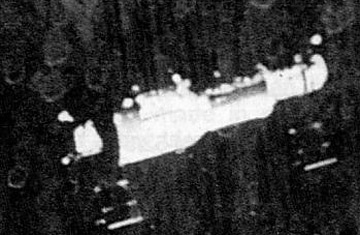
The Soviet space station Salyut 1 in orbit
April 19, 1971 — With the lunar race lost and problems plaguing their heavy-lift boosters, the Russians were unlikely ever to get men on the moon. So Soviet planners decided to turn their nation's attention to the more prosaic work of building and flying space stations. The decision was a smart — if unglamorous — one. Space stations could provide a lab for biomedical experiments and materials manufacturing and a platform far above the view-fogging atmosphere from which cosmonaut astronomers could study the heavens. The first Salyut station (after the Russian word for "salute") was launched just over 10 years after the flight of Yuri Gagarin and was intended as an honor to him. At about 60 ft. long and 12 ft. wide, Salyut 1 provided less the open-cosmos feel of a trip to space than the claustrophobic feel of a descent in a submarine. But like a sub, it was at least a sturdy ship. The three cosmonauts of Soyuz 10 were supposed to be the Salyut's first crew, but faulty docking hardware prevented them from linking up properly. The three-man crew of Soyuz 11 followed and stayed productively aboard the Salyut for 23 days in June 1971. That would be the last success the luckless men would have.